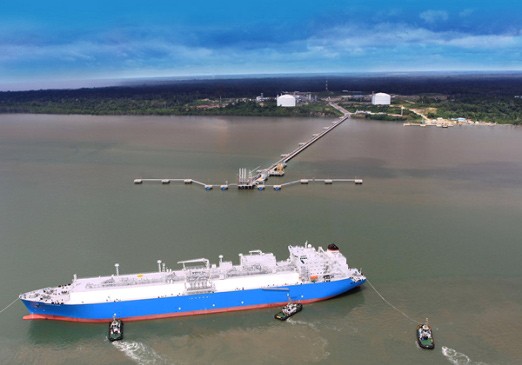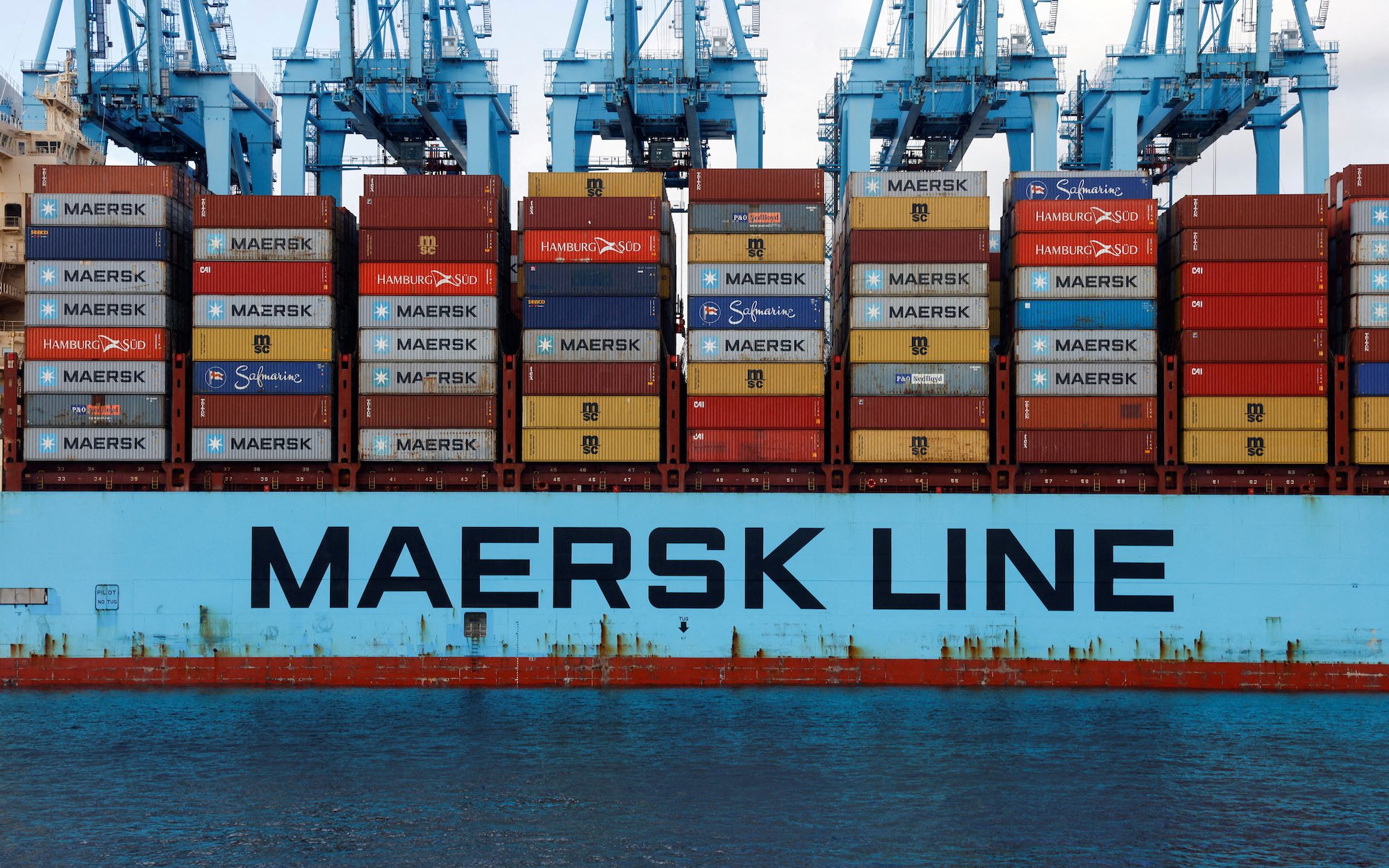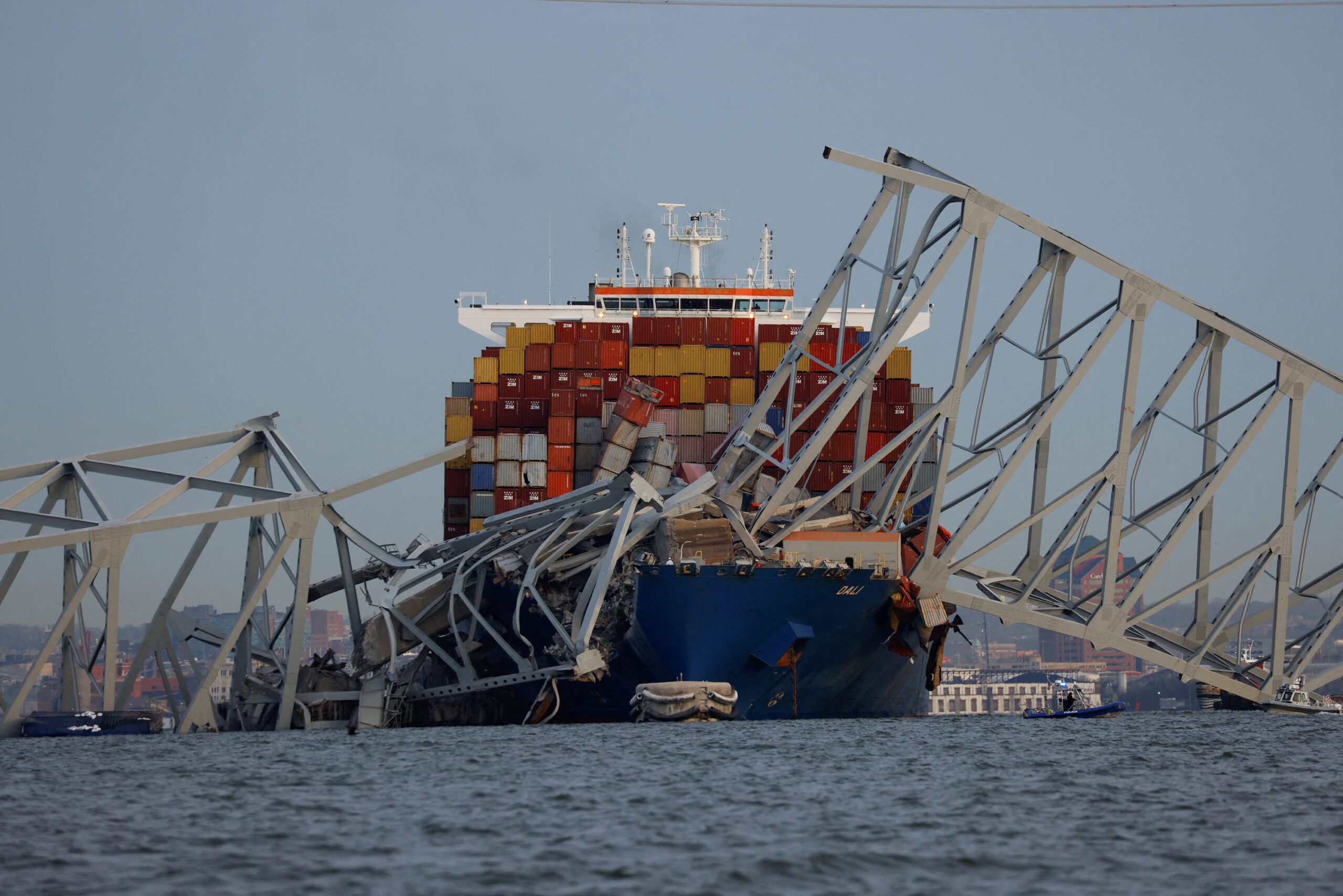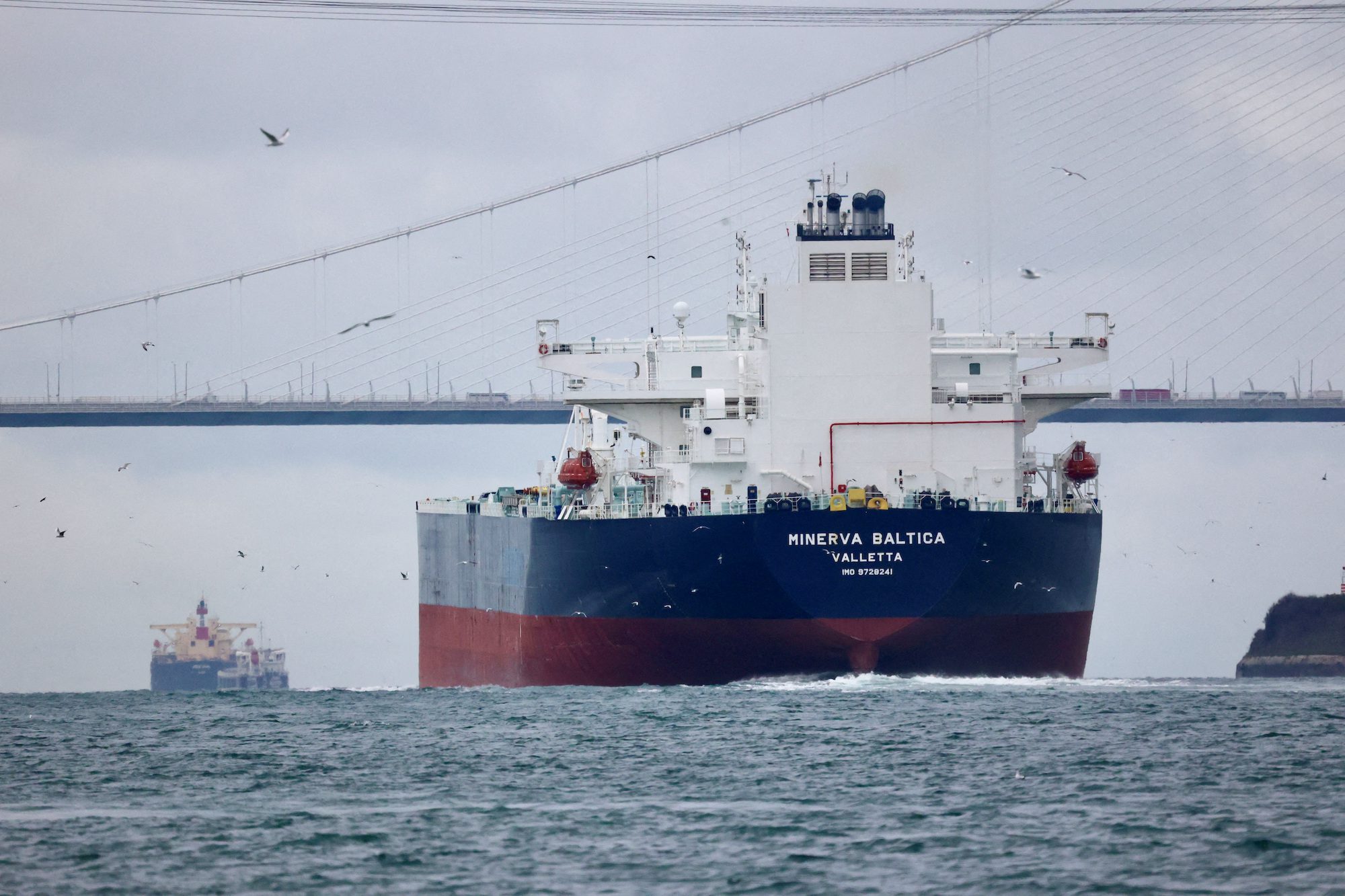Tangguah LNG, image: BP
(Bloomberg) — Indonesia, the world’s third-largest exporter of liquefied natural gas, will start importing the fuel by 2018 to meet increasing domestic demand, according to the nation’s energy regulator.
Indonesia’s existing LNG-receiving terminal and three planned facilities will get a total of 821 cargoes from domestic gas fields from 2013 to 2025, Rudi Rubiandini, the head of SKK Migas, said in an interview yesterday. That won’t be enough to meet demand, and the plants will have to buy additional supplies from overseas, he said. The nation will continue to export the fuel under long-term supply contracts, he said.
“We can’t keep all supply for domestic use,” Rubiandini said. “We still need some to meet demand from overseas buyers such as Japan that have invested in our energy projects.”
Southeast Asian nations including Indonesia will account for a third of LNG demand growth in Asia by 2025, with the region consuming an additional 45 million metric tons a year, Wood Mackenzie Ltd. said in a report on Feb. 20. LNG is fuel cooled to minus 160 degrees Celsius (minus 256 Fahrenheit), reducing its volume and converting it to a liquid. Qatar and Malaysia were the world’s biggest exporters of the fuel in 2011, according to BP Plc’s Statistical Review of World Energy.
Falling Prices
Indonesia is increasing its reliance on gas as crude output declines. It may supply 52 percent of its production of the cleaner-burning fuel to domestic buyers by 2016, up from 47 percent now, Rubiandini said. The country, which left the Organization of Petroleum Exporting Countries in 2008, won’t return to being a net oil exporter, he said.
The nation plans to produce 7.89 trillion British thermal units a day of gas this year, up about 8 percent from 7.3 trillion in 2012, according to the regulator’s data.
“Importing LNG won’t be a problem for domestic users because prices may fall in the next four years,” Rubiandini said. Prices may drop to $10 to $11 per million Btu from $16 to $17 per million Btu today, he said.
Global liquefied natural gas prices on the spot market will enter a bearish cycle from 2016 to 2017 as new supply comes online, according to a Goldman Sachs Group Inc. report on Feb 19. Liquefaction capacity will increase to 660 billion cubic meters a year in 10 years from current capacity of 400 billion, Samantha Dart, a London-based analyst for the firm, said in the note.
Time to Sell
“It is time to sell LNG for long-term contracts while prices are still good,” Rubiandini said. “We won’t hold exports from future gas projects,” he said.
LNG cargoes to Asia may average $13 per million Btu over the next five to 20 years, while global spot, or short-term shipments, will be $12 per million Btu, Guy Broggi, Total SA’s senior LNG adviser, told a conference in Singapore today.
The nation has 17 oil and gas projects that are scheduled to be producing by 2018, including Masela block at Arafura sea according to data provided by the regulator in December 2012. Masela block is expected to start production in 2018 and will feed the gas to a floating plant with output capacity of 2.5 million tons.
– Fitri Wulandari and William Mellor, Copyright 2013 Bloomberg.
Unlock Exclusive Insights Today!
Join the gCaptain Club for curated content, insider opinions, and vibrant community discussions.

 Join The Club
Join The Club













